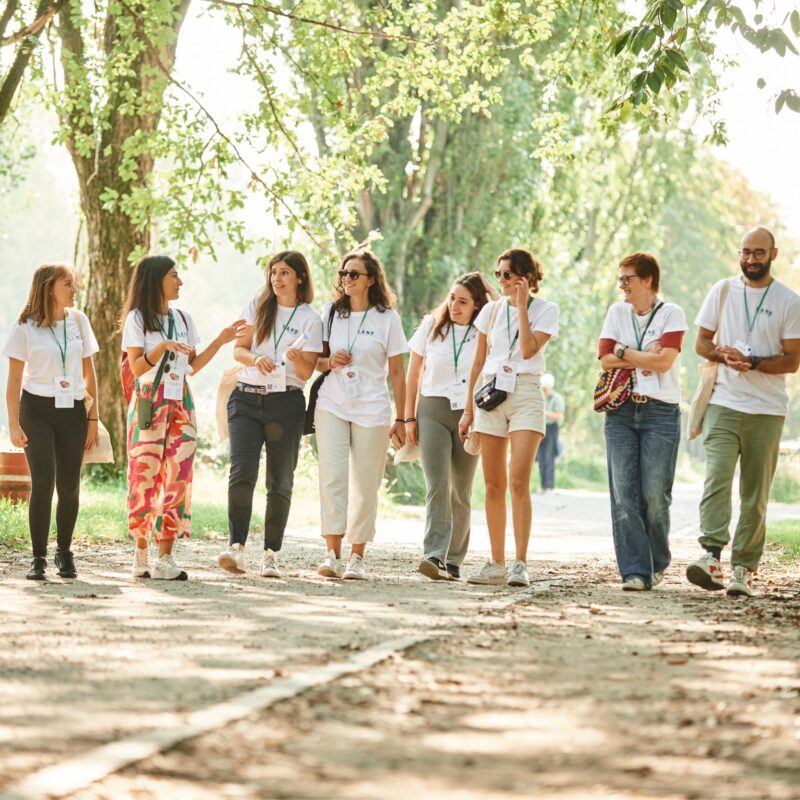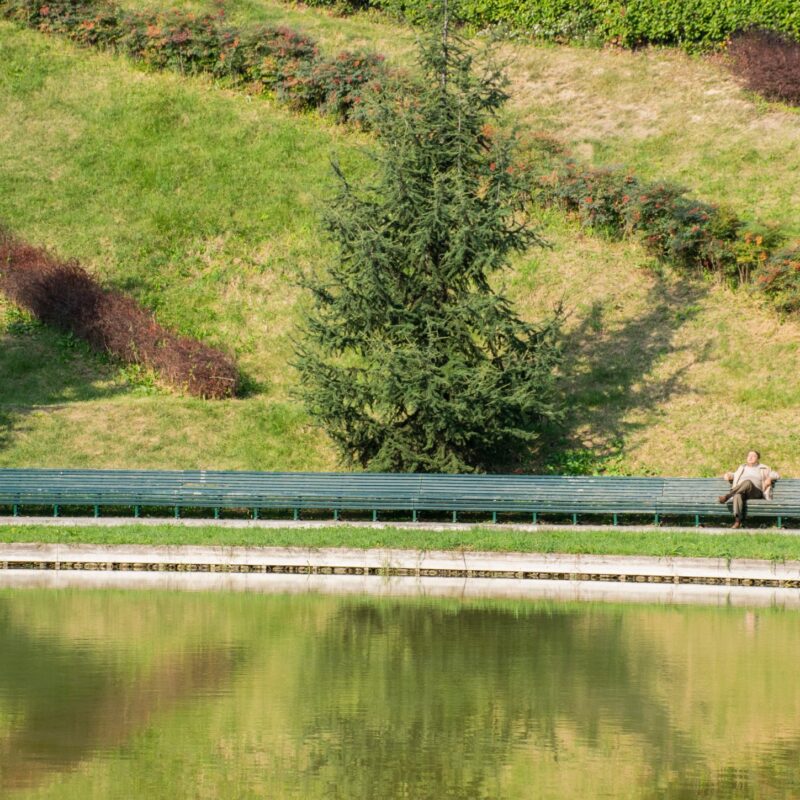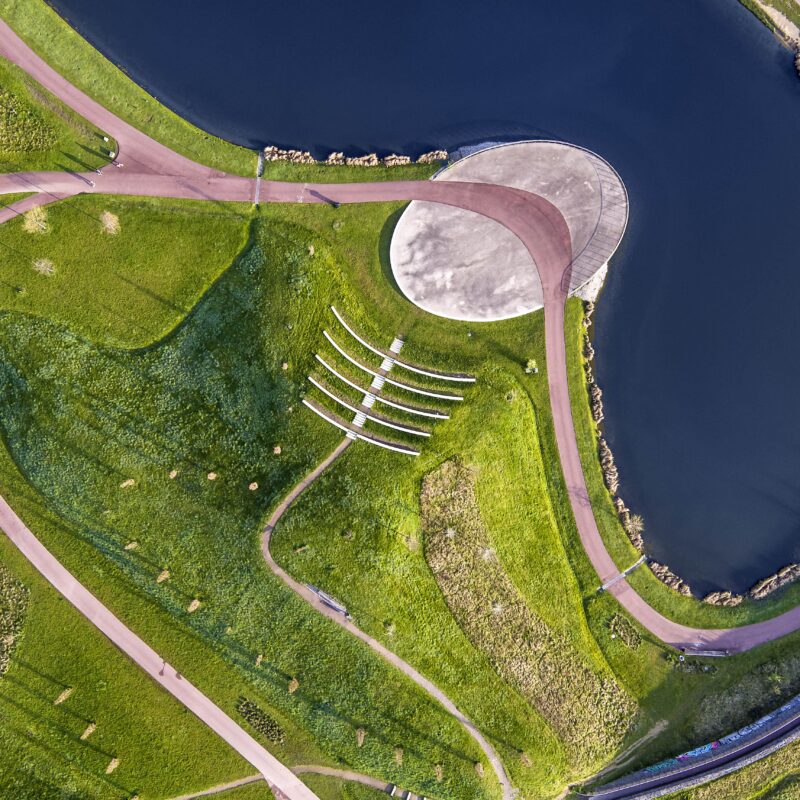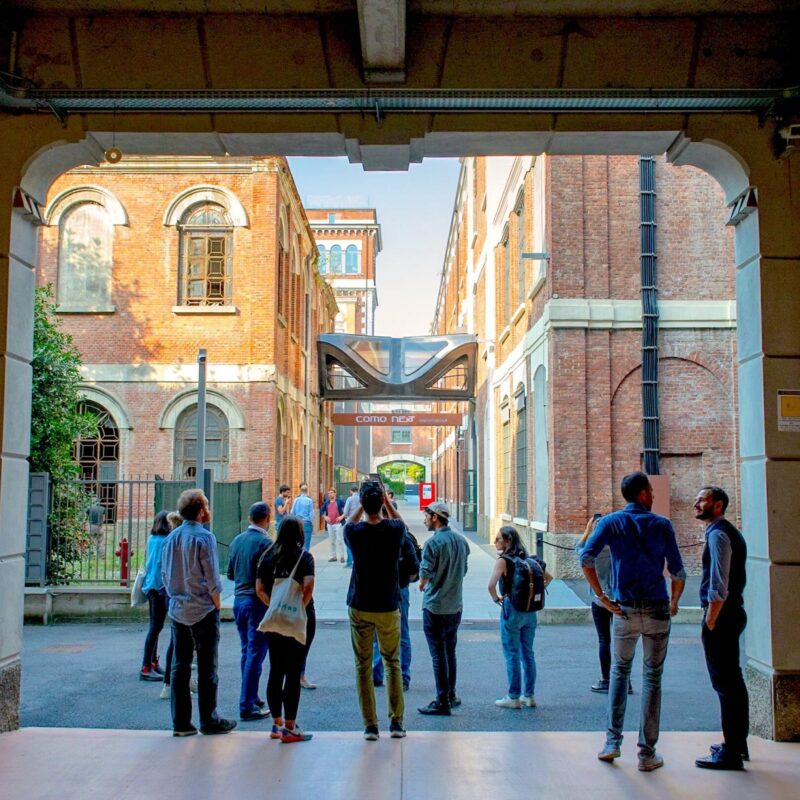Green, Shady and Safe. The City of the Future
What might the cities of the future look like if we combine people, nature and urban culture? Andreas Kipar reflecting on this topic in the Stuttgarter Zeitung. "The city can no longer be organised solely according to profit-oriented interests."
In the article, Andreas Kipar emphasizes the need to rethink urban spaces to create humane, climate-resilient, and ecologically sustainable cities. He questions traditional city centres focused solely on retail, arguing that this monofunctional approach has alienated people, transforming urban cores into neglected, uninhabited zones. Kipar advocates for mixed-use developments that combine living, working, and recreational spaces within an integrated urban landscape to counter this trend.
He underscores the importance of “Nature-Positive” urban planning, where green spaces are not peripheral but central to the urban environment. This approach enhances biodiversity, improves air quality, and fosters social interaction by creating shared spaces for diverse uses. Kipar calls for a paradigm shift where cities are no longer organized purely around profit but are guided by ecological and social commitments, thereby restoring the balance between people, nature, and urban life.
Kipar also points to successful examples of urban transformation in cities like Milan, Stuttgart, and Vienna, where nature-based solutions and green infrastructure reshape public spaces to be inclusive, adaptive, and sustainable. This vision represents a return to a harmonious relationship with nature that future-proofs cities against climate challenges while enhancing residents’ quality of life.
The full article in German (Download file)
View other publications
Whitepaper: Strategy for Sustainable Regional Development
What might the cities of the future look like if we combine people, nature and urban culture? Andreas Kipar reflecting on this topic in the Stuttgarter Zeitung. "The city can no longer be organised solely according to profit-oriented interests."
Landscape as infrastructure: rethinking the city for a sustainable future
What might the cities of the future look like if we combine people, nature and urban culture? Andreas Kipar reflecting on this topic in the Stuttgarter Zeitung. "The city can no longer be organised solely according to profit-oriented interests."






